Indoor Hydroponics: The Future of Urban Farming
Table of Contents
Understanding the Concept: Exploring the Basics of Indoor Hydroponics
Hydroponics, a method of growing plants without soil, has gained immense popularity in recent years, especially in urban environments where space is limited. As gardening enthusiasts increasingly seek ways to maximize their crop production while minimizing their environmental impact, indoor hydroponics has emerged as a promising solution. By providing plants with a controlled environment, precise nutrition, and optimized growing conditions, hydroponics allows for efficient and sustainable cultivation.
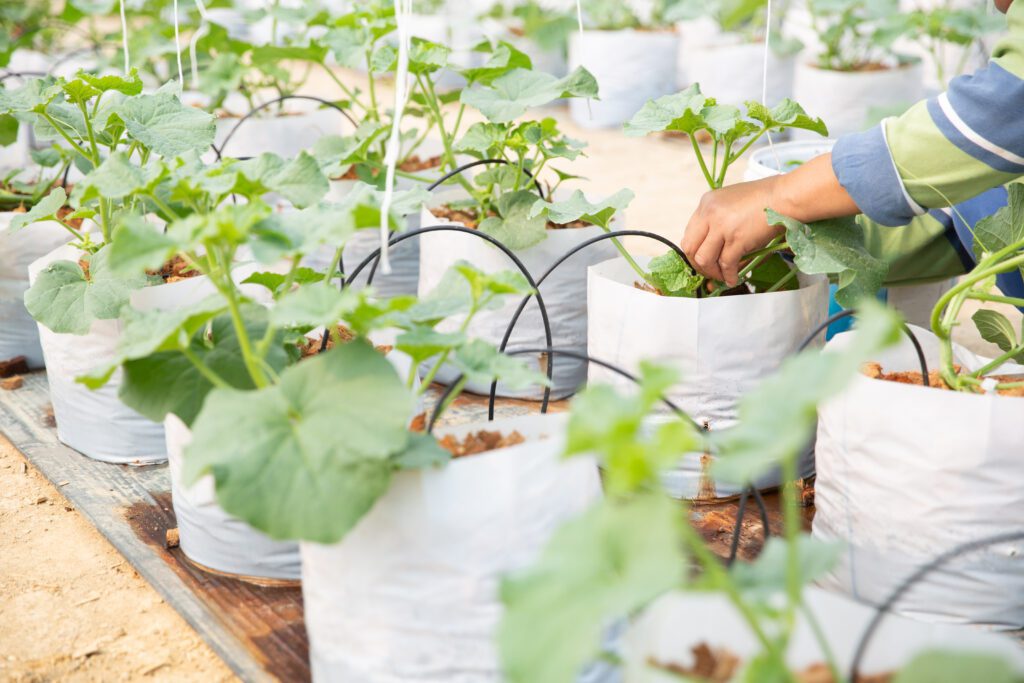
In indoor hydroponics systems, plants are grown in nutrient-rich water solutions, with their roots suspended in the liquid or supported by inert mediums like perlite or coconut coir. This method eliminates the need for soil, as essential nutrients are directly supplied to the plants. By controlling factors such as light, temperature, humidity, and pH levels, growers can fine-tune the growing conditions to suit specific plant requirements. As a result, indoor hydroponics offers several advantages over traditional soil-based agriculture, including higher crop yields, faster growth rates, and the ability to grow crops year-round.
The Benefits of Indoor Hydroponics: How Urban Farming is Changing the Game
Urban farming has gained significant attention in recent years, and indoor hydroponics has emerged as a game-changer in this field. The benefits of indoor hydroponics are transforming urban farming by offering numerous advantages over traditional soil-based agriculture. One key advantage is the ability to grow crops all year round, irrespective of seasonal limitations. With controlled environments, indoor hydroponics allows farmers to optimize growing conditions such as temperature, light, and humidity, resulting in higher crop yields and faster growth rates.
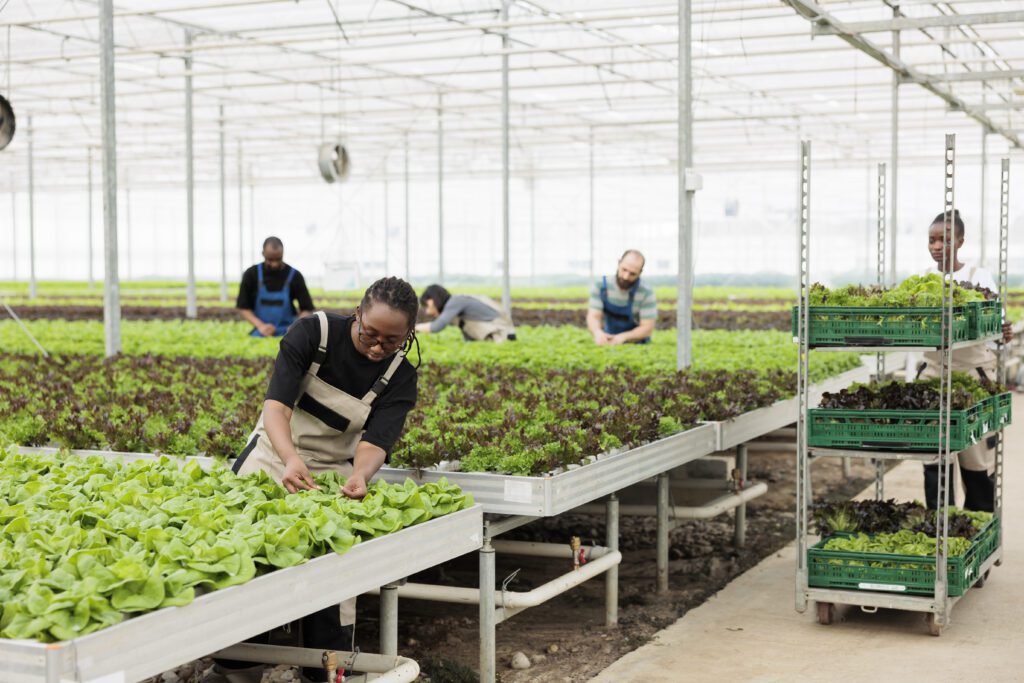
Another significant benefit is the efficient use of space. In urban environments, where land availability is limited, indoor hydroponics enables farmers to grow crops vertically, maximizing the use of limited space. By utilizing vertical farming techniques, it is possible to produce higher yields in a fraction of the space required for traditional soil farming. This efficiency not only makes urban farming more viable but also contributes to reducing the carbon footprint associated with transporting food from rural areas to cities.
In conclusion, indoor hydroponics has revolutionized urban farming by providing year-round crop production, maximizing space utilization, and minimizing environmental impact. The benefits of this innovative approach have significant implications for food security, sustainable agriculture, and community empowerment. As we delve deeper into the concept of indoor hydroponics, we will explore various aspects such as water conservation, nutrient management, lighting solutions, pest control, vertical farming, energy efficiency, economic viability, and the future prospects of this exciting field.
Maximizing Space: Efficiently Growing Crops in Urban Environments
In urban environments where space is often limited, maximizing every square inch becomes crucial for efficiently growing crops. This is where the concept of indoor hydroponics comes into play, offering a solution to urban farmers and gardening enthusiasts alike. By eliminating the need for soil and utilizing vertical farming techniques, indoor hydroponics allows for the cultivation of crops in a more space-efficient manner.
With indoor hydroponics, plants are grown in a controlled environment, such as a greenhouse or specially-designed indoor facility. Instead of relying on soil, plants are suspended in a nutrient-rich water solution, providing them with the essential elements needed for growth. This method not only eliminates the need for traditional farming practices but also allows for the stacking of plants vertically, making efficient use of available space. In fact, studies have shown that indoor hydroponics can produce up to 10 times more crops per square foot compared to traditional soil-based farming. This means that even in the most limited urban areas, a significant amount of fresh produce can be cultivated, contributing to food security and sustainability in cities.
Water Conservation: The Environmental Advantage of Indoor Hydroponics
Water conservation is a critical aspect of sustainable agriculture, and indoor hydroponics offers a significant environmental advantage in this regard. Unlike traditional soil-based farming, hydroponics uses a highly efficient recirculating system that minimizes water wastage. In this closed-loop system, water and nutrients are continuously circulated, allowing plants to uptake only what they need for optimal growth.
This table highlights the key aspects of how indoor hydroponics benefits water conservation:
| Environmental Advantage of Indoor Hydroponics in Water Conservation |
|---|
| Reduced Water Usage |
| Indoor hydroponic systems use up to 90% less water compared to traditional soil-based farming methods. |
| Recirculation Systems |
| Hydroponic setups often employ recirculation systems, allowing for water to be reused within the system, minimizing waste. |
| Precise Water Management |
| With controlled environments, indoor hydroponics allows for precise water management, minimizing runoff and water wastage. |
| Minimized Evaporation |
| Enclosed indoor setups reduce evaporation, ensuring water remains within the system and isn’t lost to the external environment. |
| Conservation of Water Resources |
| By utilizing water efficiently, indoor hydroponics contributes to the conservation of water resources, crucial for sustainability. |
Compared to conventional agriculture, which can lose up to 70% of water through evaporation, runoff, and inefficient irrigation practices, indoor hydroponics achieves water savings of up to 90%. This is achieved through various techniques such as drip irrigation, nutrient film technique (NFT), and aeroponics, all designed to deliver water directly to the plant roots while minimizing evaporation and runoff. The controlled environment of indoor hydroponics also reduces the risk of water loss due to extreme weather conditions and allows for precise monitoring and adjustment of water levels, maximizing efficiency and conserving this precious resource.
Nutrient Management: Providing Plants with Optimal Nutrition
Proper nutrient management is crucial in ensuring that plants receive optimal nutrition for healthy growth and development. By carefully controlling the nutrient composition and availability, hydroponic systems offer a unique advantage in providing plants with precisely what they need, when they need it. Unlike traditional soil-based farming, where plants have to compete for nutrients, hydroponics allows for a more efficient uptake of essential elements, leading to enhanced productivity and improved crop quality.
A key aspect of nutrient management in hydroponics is the ability to tailor the nutrient solution to meet the specific requirements of different plant species. By understanding the specific nutrient needs of each crop, growers can optimize the nutrient composition, pH levels, and conductivity of the solution to promote healthy root development and maximize nutrient uptake. Providing plants with the right balance of macronutrients, such as nitrogen, phosphorus, and potassium, as well as essential micronutrients, including iron, calcium, and zinc, is essential for achieving optimal growth and preventing nutrient deficiencies or toxicities.
To ensure precise nutrient management, hydroponic growers often rely on carefully formulated nutrient solutions and advanced monitoring systems. These solutions are specifically designed to provide plants with a balanced and readily available nutrient supply, eliminating the guesswork associated with conventional soil-based farming. By closely monitoring the electrical conductivity (EC) and pH levels of the nutrient solution, growers can quickly detect and rectify any imbalances, ensuring that plants have a constant supply of the nutrients they need. Additionally, incorporating automated feeding systems and dosing equipment further enhances precision and eliminates human errors that can negatively impact plant nutrition.
This table offers a concise breakdown of essential nutrients for plants, their functions, symptoms of deficiency, and common sources found in various fertilizers or natural materials:
| Nutrient | Function | Deficiency Symptoms | Common Sources |
|---|---|---|---|
| Nitrogen | Essential for leaf growth and chlorophyll production | Yellowing of leaves (chlorosis) | Organic matter, ammonium nitrate |
| Phosphorus | Stimulates root development and flowering | Stunted growth, dark green or purple leaves | Bone meal, phosphate rock |
| Potassium | Aids in photosynthesis and overall plant health | Weak stems, yellowing along leaf edges | Wood ash, potassium sulfate |
| Calcium | Supports cell wall structure and growth | Blossom-end rot in fruits, distorted new growth | Lime, gypsum |
| Magnesium | Component of chlorophyll, vital for photosynthesis | Yellowing between leaf veins | Epsom salt, dolomitic limestone |
| Sulfur | Helps in the formation of proteins and vitamins | Yellowing of new leaves | Sulfate-containing fertilizers, elemental sulfur |
In the next section, we will explore the different types of nutrient solutions used in hydroponics and delve into the intricate details of pH and EC management. Understanding these aspects is key to mastering nutrient management techniques and achieving optimal plant nutrition in indoor hydroponic systems. So stay tuned to learn more about the fascinating world of nutrient management in hydroponics.
Lighting Solutions: Harnessing Technology for Indoor Crop Growth
Lighting plays a crucial role in the success of indoor hydroponic systems. With the advancement of technology, growers now have access to a wide range of lighting solutions that can be tailored to meet the specific needs of their crops. LED lights have become increasingly popular in indoor farming due to their energy efficiency, long lifespan, and ability to emit specific wavelengths of light that promote plant growth.
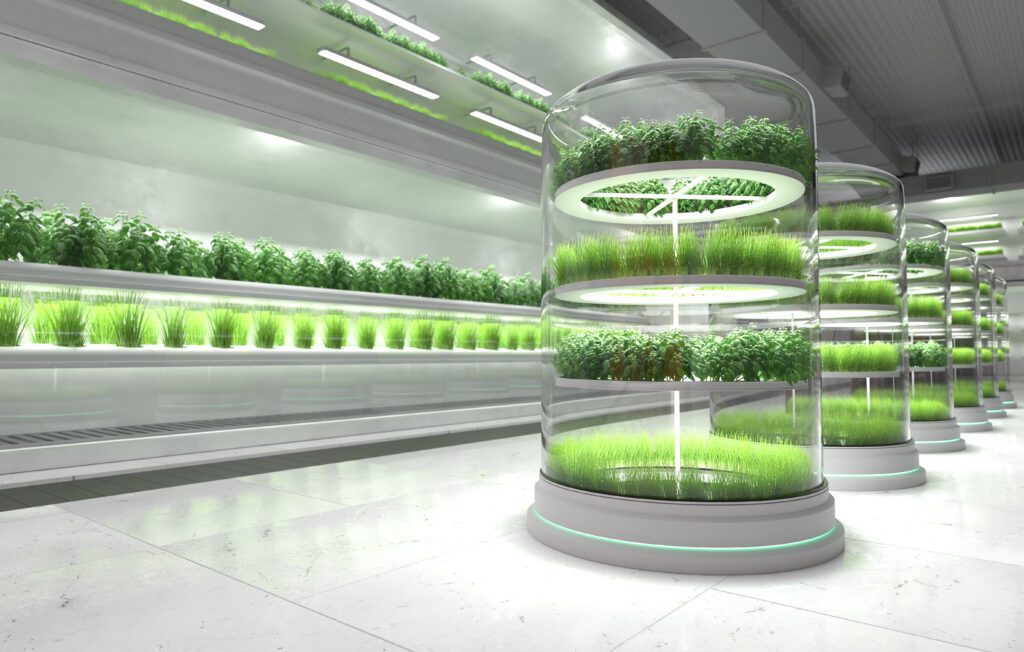
One of the key advantages of LED lights is their ability to provide a full spectrum of light that closely mimics natural sunlight. This is important because different wavelengths of light have varying effects on plant growth and development. For example, blue light stimulates vegetative growth, while red light promotes flowering and fruiting. By adjusting the ratio of blue to red light, growers can effectively manipulate the growth stages of their crops. LED lights also emit very little heat compared to traditional lighting sources, reducing the risk of heat damage to plants and allowing for closer proximity to the crop canopy.
In addition to LED lights, other lighting technologies such as high-intensity discharge (HID) lamps and fluorescent lights are commonly used in indoor hydroponics. HID lamps, such as metal halide and high-pressure sodium lights, are known for their high light intensity and are often used for large-scale commercial operations. Fluorescent lights, on the other hand, are more suitable for smaller setups or for providing supplementary lighting. While these options may not offer the energy efficiency of LEDs, they can still provide adequate light for plant growth.
In conclusion, the use of advanced lighting solutions in indoor hydroponics has revolutionized the way we grow crops. LED lights, with their customizable spectrum and energy efficiency, are particularly favored by growers. However, HID lamps and fluorescent lights continue to serve as viable alternatives depending on the scale and specific requirements of the operation. The right lighting solution, combined with other key factors such as nutrient management and pest control, can help growers maximize yields and achieve optimal plant growth in indoor hydroponic systems.
Pest and Disease Control: Preventing and Treating Issues in Indoor Farming
Pest and disease control is a fundamental aspect of indoor farming that must be effectively managed to ensure the success of crop production. The controlled environment of indoor hydroponics provides a unique set of challenges when it comes to preventing and treating issues related to pests and diseases. Without the natural mechanisms of the outdoors, where beneficial insects and environmental factors can help control infestations, growers must be proactive in order to maintain healthy and thriving plants.
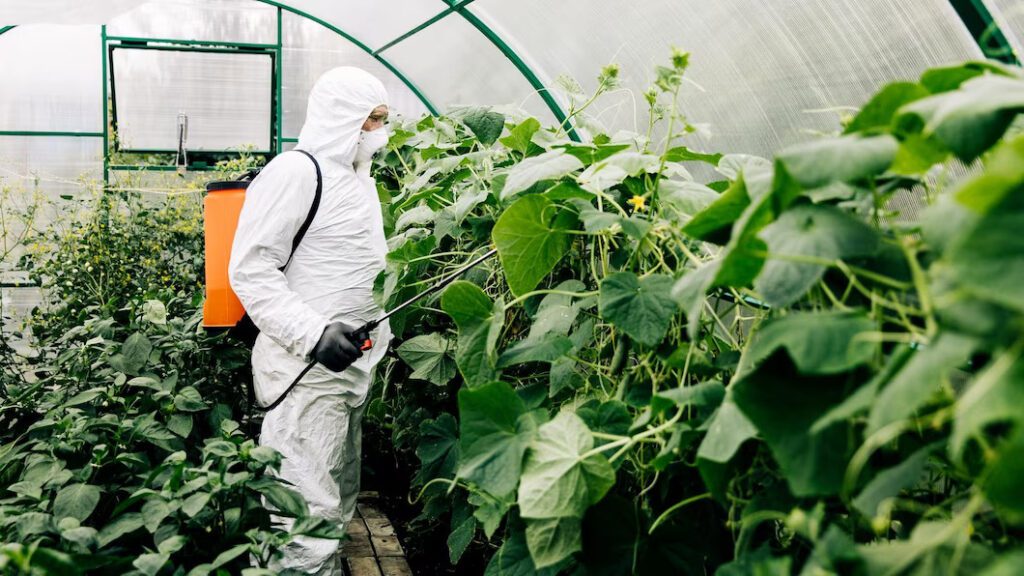
One common approach to pest control in indoor hydroponics is the use of integrated pest management (IPM) techniques. IPM involves a combination of preventive strategies, monitoring, and targeted treatments to manage pest populations while minimizing the use of chemical pesticides. This approach focuses on identifying and addressing the root causes of pest problems to prevent them from becoming major issues. Regular inspections of plants, monitoring traps, and rigorous hygiene practices are essential components of IPM. Additionally, the use of biological controls, such as predatory insects or microbial agents, can help to maintain a balanced ecosystem within the indoor environment and effectively control pests without harming the crops.
Vertical Farming: Taking Advantage of Vertical Space for Higher Yields
Vertical Farming is a revolutionary concept that allows for the efficient use of vertical space to maximize crop yields. With traditional farming methods limited by horizontal land availability, vertical farming presents a game-changing solution for urban environments. By utilizing vertical racks, shelves, or towers, growers can stack plants in layers, significantly increasing the number of crops that can be grown in a limited space. This innovative approach not only enables the production of large quantities of food in urban areas but also offers numerous other advantages.
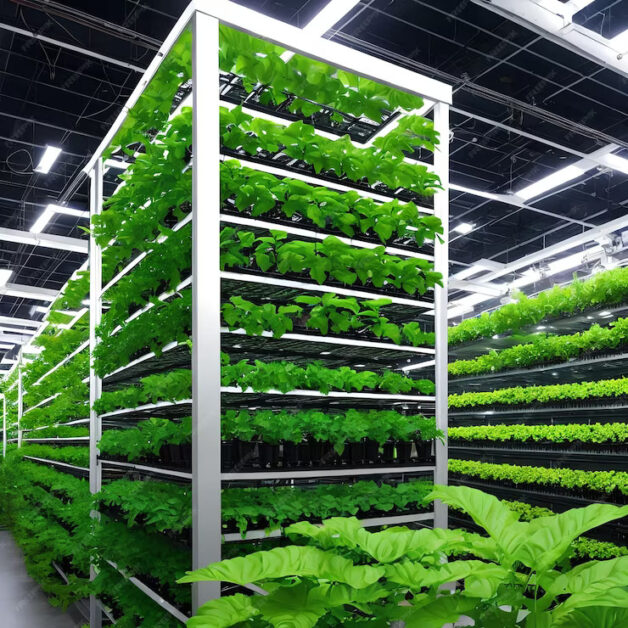
One of the primary benefits of vertical farming is the ability to grow crops year-round, regardless of external climate conditions. This is achieved by creating a controlled environment indoors, where temperature, humidity, and lighting can be carefully optimized. By providing plants with the ideal conditions for growth, vertical farming eliminates the reliance on seasonal changes and enables consistent crop production throughout the year. Additionally, the controlled environment minimizes the risk of pest infestations and disease outbreaks, reducing the need for harmful pesticides and chemical treatments.
Energy Efficiency: The Sustainable Aspect of Indoor Hydroponics
Indoor hydroponics is not only revolutionizing the way we grow crops but also providing unparalleled sustainability in terms of energy efficiency. The system eliminates the need for large amounts of water by utilizing a closed-loop system where water is recirculated and reused. Traditional soil-based agriculture requires significant amounts of water for irrigation, resulting in water wastage and environmental strain. With indoor hydroponics, water consumption is reduced by up to 90%, making it a truly sustainable option for urban farming.
Moreover, energy efficiency is a key aspect of indoor hydroponics. By utilizing advanced lighting technologies such as LED grow lights, indoor farms can significantly reduce energy consumption compared to conventional methods. LED lights consume less energy, generate less heat, and provide precise light wavelengths that are optimal for plant growth. This translates into lower energy costs and a smaller carbon footprint, making indoor hydroponics a more environmentally friendly and sustainable choice for food production.
Economic Viability: The Profit Potential of Urban Farming
Urban farming has recently gained significant attention due to its potential for economic viability and profitable returns. With limited space and a high demand for fresh produce in urban areas, indoor hydroponics is emerging as a lucrative option for entrepreneurs and gardening enthusiasts. By eliminating the need for traditional soil-based cultivation and utilizing vertical space, urban farmers can maximize their crop yields and generate a substantial income.
Want to learn more about Urban Farming? Go watch the video!
One of the key advantages of indoor hydroponics is its ability to provide a consistent supply of high-quality, locally grown produce throughout the year. This steady production can be leveraged to establish long-term contracts with local restaurants, farmers markets, and grocery stores, ensuring a stable and profitable market for the harvested crops. Additionally, the controlled environment of hydroponic systems allows for precise management of factors such as temperature, humidity, and nutrient levels, resulting in healthier plants and higher market value for the harvested produce.
Furthermore, the rising trend of sustainable and eco-conscious consumer choices has opened up new opportunities for urban farmers. By employing water-saving techniques and reducing the reliance on chemical pesticides and fertilizers, hydroponics offers a more environmentally friendly approach to food production. These sustainable practices not only appeal to conscious consumers but also enhance the market value of the crops, further contributing to the economic viability of urban farming.
In conclusion, urban farming through indoor hydroponics presents a promising avenue for economic viability and profit potential. With its efficient use of space, consistent crop production, and sustainable practices, hydroponics offers a favorable investment opportunity for aspiring urban farmers. By seizing the benefits of this innovative farming method, individuals can not only secure a profitable business venture but also contribute to a more sustainable and resilient food system in urban environments.
Community Impact: Empowering Local Communities through Indoor Hydroponics
Urban farming has emerged as a powerful tool for empowering local communities, and indoor hydroponics, in particular, has become a significant game-changer in this regard. By utilizing innovative techniques that allow crops to be grown in small, controlled environments, indoor hydroponics offers numerous benefits that positively impact communities on various levels.
One of the most significant impacts of indoor hydroponics is its ability to provide fresh and nutritious produce to communities, regardless of their geographical location or seasonal constraints. With indoor hydroponics, crops can be grown year-round, ensuring a steady supply of locally-sourced food. This not only improves access to fresh produce but also reduces reliance on long-distance transportation, thereby minimizing the environmental footprint associated with traditional agriculture practices. Moreover, by cultivating a wide variety of crops in a compact space, indoor hydroponics offers the potential to address food insecurity and improve dietary diversity within local communities.
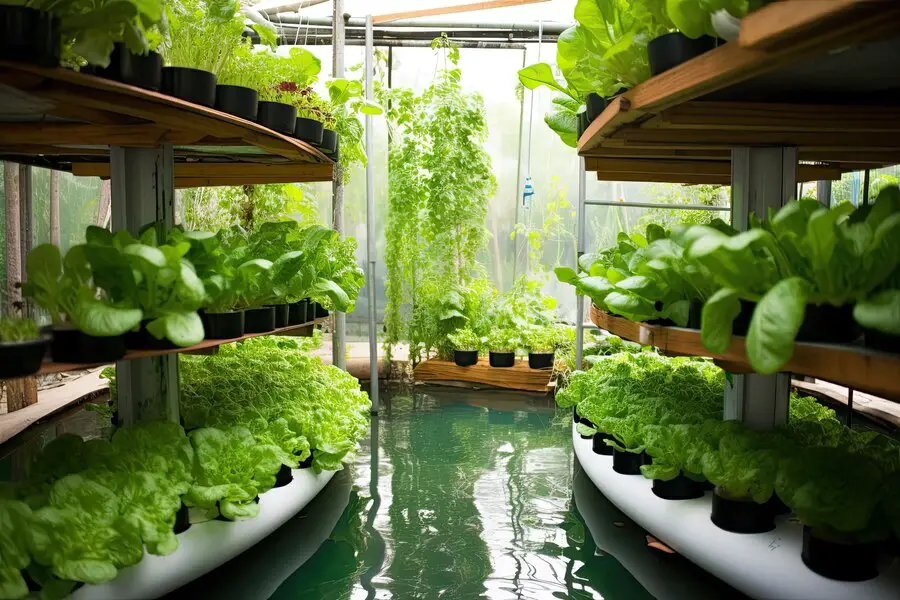
Another remarkable aspect of indoor hydroponics is its potential to foster entrepreneurship and create economic opportunities in urban areas. By enabling the cultivation of crops in non-traditional spaces such as warehouses, rooftops, or unused buildings, indoor hydroponics opens up the possibility for small-scale farming ventures in urban environments. This not only allows local residents to engage in sustainable agricultural practices but also promotes entrepreneurship and self-sufficiency within the community. Furthermore, by establishing urban farms, communities can generate income through the sale of their produce, creating a ripple effect that contributes to the overall development and growth of the local economy.
The power of indoor hydroponics goes beyond the boundaries of conventional farming, impacting local communities in multiple dimensions. From ensuring access to fresh and nutritious food to providing economic opportunities, the practice of indoor hydroponics offers an innovative approach to urban farming that empowers communities to take control of their food production and sustainable development. As the potential of indoor hydroponics continues to be explored and harnessed, its positive impact on local communities is set to become even more significant, redefining the way we grow and consume food in urban environments.
Future Prospects: Innovations and Advancements in Urban Agriculture
Innovations and advancements in urban agriculture hold great promise for the future of sustainable food production. With the global population on the rise and limited arable land, urban farmers are embracing new technologies and techniques to maximize yields and minimize environmental impact.
To know more about Indoor farms, refer to this video!
One notable innovation is the use of automated systems in indoor hydroponic setups. These systems monitor and adjust key environmental variables such as temperature, humidity, and nutrient levels, ensuring optimal growing conditions for crops. By eliminating the guesswork and manual labor involved in traditional farming, these automated systems offer increased efficiency and productivity. Additionally, advancements in data analytics and machine learning enable farmers to analyze and optimize crop performance, leading to enhanced yields and reduced resource consumption.
What is indoor hydroponics?
Indoor hydroponics is a method of growing plants without soil, using nutrient-rich water solutions instead. It involves controlling environmental factors such as light, temperature, and nutrient levels to promote plant growth.
How does urban farming benefit from indoor hydroponics?
Indoor hydroponics allows urban farming to overcome limitations such as limited space and seasonal constraints. It enables year-round crop production, reduces water usage, and eliminates the need for pesticides or herbicides.
How can crops be efficiently grown in urban environments?
Urban farmers can maximize space by utilizing vertical farming techniques, such as stacking plants vertically or using vertical hydroponic towers. This allows for higher yields in limited spaces.
What are the environmental advantages of indoor hydroponics?
Indoor hydroponics conserves water compared to traditional farming methods, as it recirculates nutrient-rich water instead of using large amounts of water for irrigation. It also eliminates the potential for soil erosion and reduces the need for harmful pesticides.
How is nutrient management addressed in indoor hydroponics?
In indoor hydroponics, nutrient solutions can be carefully controlled and adjusted to provide plants with optimal nutrition. This ensures that plants receive the necessary nutrients in the right quantities for healthy growth.
What lighting solutions are used in indoor crop growth?
Indoor hydroponics often utilizes artificial lighting, such as LED grow lights, to provide the necessary light spectrum for plant growth. These lights can be adjusted to mimic natural sunlight and promote photosynthesis.
How are pests and diseases prevented and treated in indoor farming?
Indoor farming minimizes the risk of pests and diseases by creating a controlled and sterilized environment. Techniques like implementing strict sanitation practices, using beneficial insects, and applying organic pest control methods can be employed to prevent and treat issues.
What is vertical farming and how does it contribute to higher yields?
Vertical farming involves growing plants in vertically stacked layers or structures. By utilizing vertical space, farmers can increase the number of crops grown per square meter, leading to higher yields compared to traditional farming methods.
How does indoor hydroponics contribute to energy efficiency?
Indoor hydroponics can be designed to be energy-efficient by utilizing technologies such as LED lighting, energy-saving pumps, and automated systems. This helps reduce energy consumption and make urban farming more sustainable.
Is urban farming economically viable?
Urban farming using indoor hydroponics has shown great economic potential. By reducing transportation costs, eliminating the need for large land areas, and providing year-round production, urban farmers can generate profits and contribute to local economies.
How does indoor hydroponics empower local communities?
Indoor hydroponics allows communities to have access to fresh, locally grown produce throughout the year. It promotes food security, reduces dependence on external food sources, and provides opportunities for community involvement and education.
What are some future innovations and advancements in urban agriculture?
The future of urban agriculture holds exciting possibilities, including advancements in automation and robotics, improved artificial intelligence for crop monitoring, and the integration of renewable energy sources. These innovations will further enhance the efficiency and sustainability of indoor hydroponics.

Pallavi Gupta is a burgeoning writer at SouthElMonteHydroponics, blending her passion for data analysis with a keen interest in biotechnology. Currently pursuing a Bachelor’s in Biotechnology at Amity University, Pallavi delves into the intricacies of life sciences while gaining hands-on experience in the exciting world of data analysis. Her unique background provides a fresh perspective on hydroponic farming, as she explores the intersection of biotechnology and sustainable agriculture. Through her writing, Pallavi aims to bridge the gap between data-driven insights and innovative farming practices, inspiring others to harness technology for a greener future.

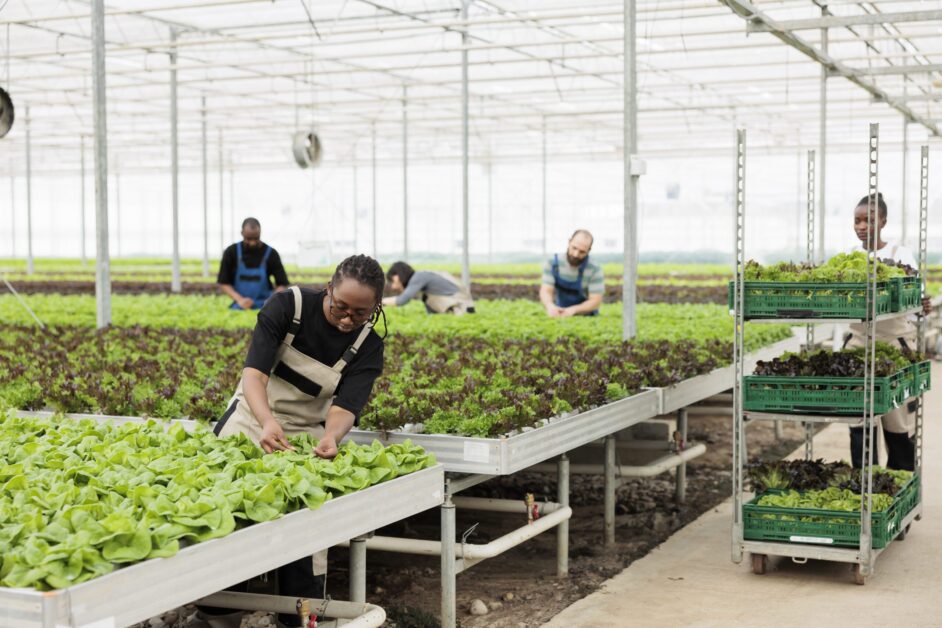
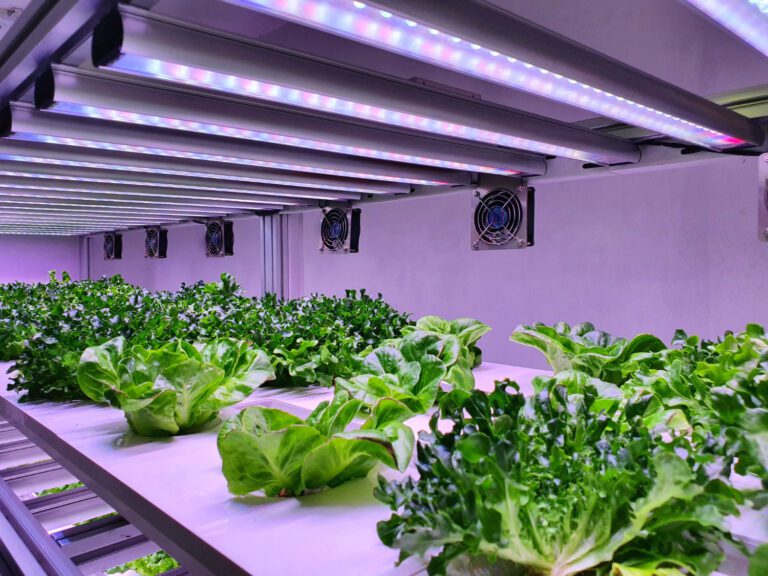
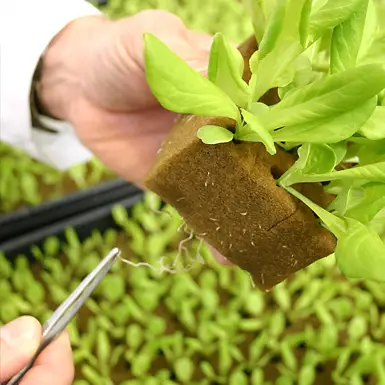
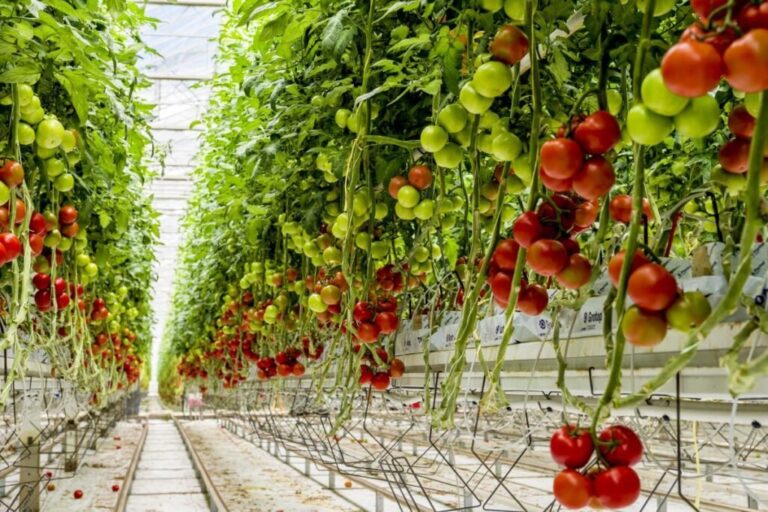
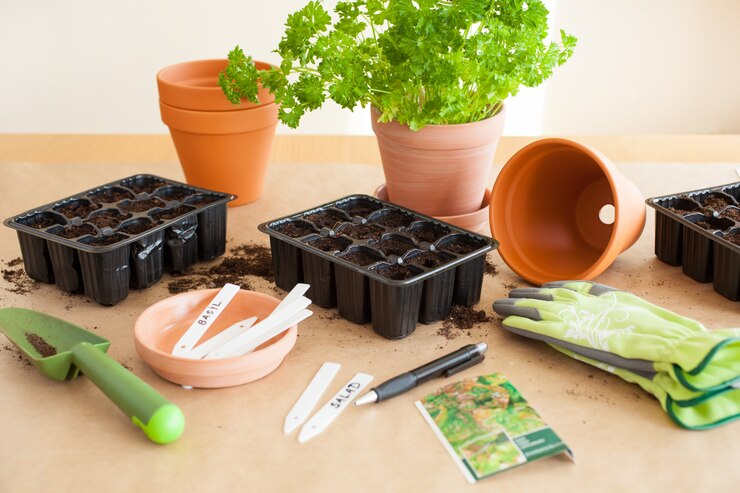
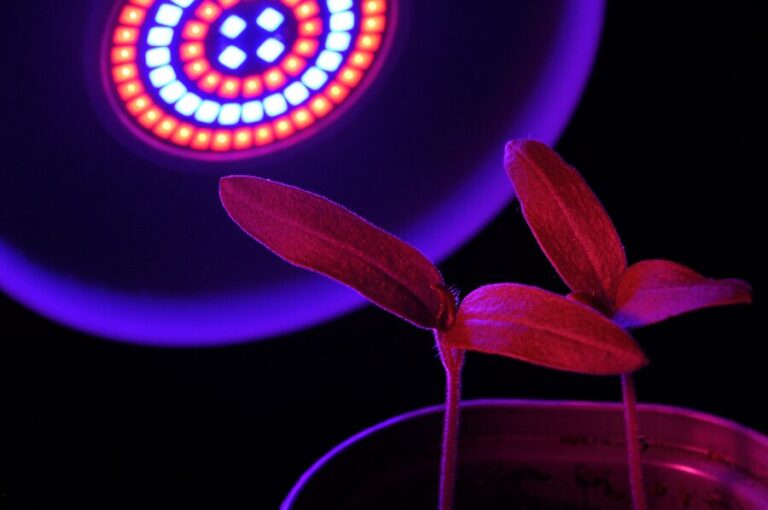

Have you ever thought about creating an ebook or guest authoring on other websites? I have a blog based upon on the same subjects you discuss and would really like to have you share some stories/information. I know my readers would appreciate your work. If you’re even remotely interested, feel free to shoot me an e mail.